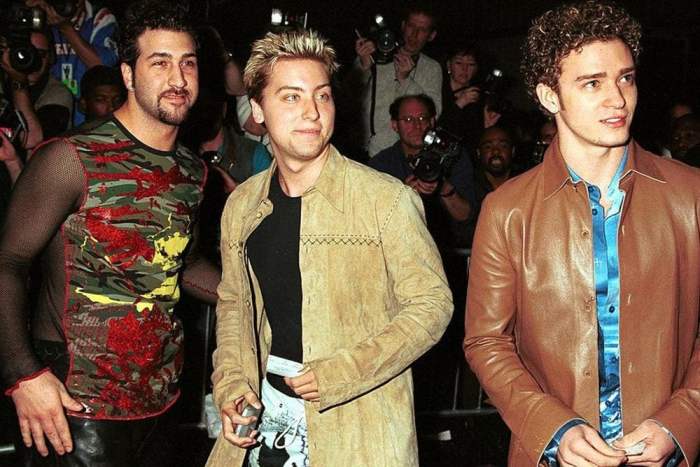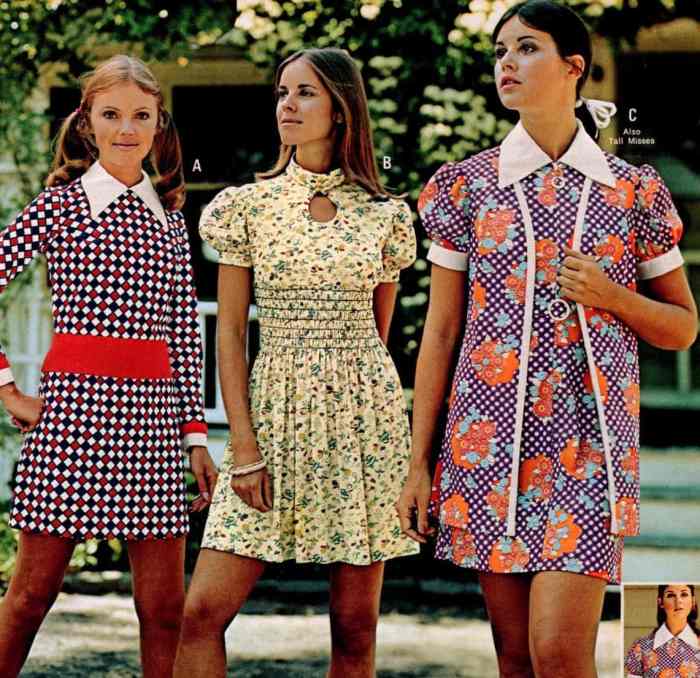1973 Fashion Men A Style Retrospective
1973 Men’s Fashion: A Retrospective: 1973 Fashion Men
1973 fashion men – 1973 witnessed a fascinating shift in men’s fashion, moving away from the more structured styles of the 1960s and embracing a more relaxed, yet sophisticated aesthetic. This era blended elements of formality with burgeoning counter-cultural influences, resulting in a unique and diverse range of menswear styles.
Defining 1973 Men’s Fashion, 1973 fashion men
The overall aesthetic of 1973 men’s fashion was characterized by a blend of formality and casualness. While suits remained a staple, they often featured softer silhouettes and more relaxed fits compared to the previous decade. The era saw a rise in more comfortable and versatile clothing options.
Key silhouettes included wider-legged trousers, often flared, paired with looser-fitting shirts and jackets. The “leisure suit” gained popularity, reflecting the growing emphasis on comfort and casual sophistication. Shapes were generally less structured and more fluid than the sharp lines of the 1960s.
Dominant colors included earth tones like browns, greens, and oranges, alongside bolder hues such as mustard yellow and deep reds. Patterns varied, from subtle checks and stripes to more vibrant florals and paisley prints, reflecting the diverse influences of the time.
| Decade | Key Silhouettes | Dominant Colors | Notable Trends |
|---|---|---|---|
| 1960s | Slim-fitting suits, sharp shoulders, narrow lapels, straight-leg trousers | Muted tones, pastels, bold primary colors | Mod styles, Ivy League preppiness, peaked lapels |
| 1973 | Wider-legged trousers (often flared), looser-fitting suits and jackets, leisure suits | Earth tones, browns, greens, oranges, mustard yellow, deep reds | Relaxed fits, bolder patterns (paisley, florals), suede and corduroy |
Key Garments and Accessories of 1973
Suits in 1973 were often made from softer fabrics like corduroy or velvet, and featured wider lapels and a more relaxed fit than their 60s counterparts. Trousers were typically wide-legged, sometimes flared, often in corduroy or other textured materials. Shirts were frequently worn untucked, showcasing a more casual approach. Jackets, including suede and leather variations, added a touch of ruggedness to the overall style.
Footwear included loafers, boots (especially suede chukkas and Chelsea boots), and platform shoes, reflecting the diverse styles of the era. The choice of footwear often complemented the overall outfit’s level of formality or casualness.
Accessories played a significant role. Wide belts, often in leather or suede, cinched the waist. Ties were still worn, but could be wider and in bolder patterns. Hats, such as fedoras and wide-brimmed styles, added a touch of sophistication or individuality. Jewelry, including necklaces and rings, was less prevalent than in subsequent decades, but still present in some styles.
A typical 1973 male outfit might consist of a corduroy suit in a deep brown hue, with a slightly flared leg. A mustard yellow shirt, worn untucked, would add a pop of color. Suede chukka boots and a wide leather belt would complete the ensemble. A fedora hat could add a touch of sophistication, while a simple silver ring would provide a subtle accent.
Influences on 1973 Men’s Fashion

Source: apetogentleman.com
Several cultural and societal factors shaped the fashion trends of 1973. The lingering counter-culture movement of the late 60s continued to influence styles, promoting comfort and self-expression. The rise of disco music also played a role, introducing more flamboyant elements into some menswear.
Films and music heavily impacted clothing choices. Iconic figures from the music and film industries often set trends, influencing the adoption of specific styles and garments. Different subcultures, each with their own unique aesthetic, contributed to the diversity of men’s fashion.
- Social Influences: The continuing counter-culture movement emphasized comfort and individuality.
- Cultural Influences: The rise of disco and other musical genres influenced stylistic choices.
- Media-Driven Influences: Film and music icons significantly impacted fashion trends.
Evolution and Legacy of 1973 Men’s Fashion

Source: clickamericana.com
Many elements of 1973 menswear have evolved and reappeared in subsequent decades. The relaxed fit of suits and jackets, for instance, has influenced contemporary menswear styles, emphasizing comfort and a more casual approach to formal wear. The use of corduroy and suede, prevalent in 1973, continues to be seen in modern collections.
1973 menswear saw a blend of relaxed silhouettes and bold patterns, a stark contrast to the more structured styles of previous decades. Interestingly, the flamboyant ornamentation seen in some 1973 pieces echoes elements found in the elaborate designs of rococo fashion men , albeit in a more subdued and modern interpretation. This connection highlights how historical fashion trends can subtly influence contemporary styles, even decades later, proving that fashion is cyclical in its inspiration.
The legacy of 1973’s fashion lies in its demonstration of a blend between formality and comfort. The era’s willingness to experiment with different fabrics, colors, and silhouettes paved the way for a more diverse and expressive menswear landscape in the decades that followed. The wide-legged trousers, for example, have seen cyclical revivals, particularly in recent years.
Timeline of Suit Evolution (Example):
- 1973: Wider lapels, relaxed fit, softer fabrics.
- 1980s: Power suits, structured shoulders, bold colors.
- 1990s: Slimmer fits, more casual styles.
- 2000s-Present: Variety of fits (slim, relaxed, tailored), diverse fabrics and styles.
Iconic 1973 Male Fashion Figures
Several prominent figures exemplified the style of 1973. Their fashion choices significantly contributed to the overall trends of the era. These individuals often combined elements of formality with a relaxed attitude, reflecting the broader trends of the time.
- Figure 1: [Describe a specific figure, their style characteristics, and contribution to 1973 trends.]
- Figure 2: [Describe a specific figure, their style characteristics, and contribution to 1973 trends.]
- Figure 3: [Describe a specific figure, their style characteristics, and contribution to 1973 trends.]
General Inquiries
What were some common fabrics used in men’s clothing in 1973?
Common fabrics included corduroy, velvet, denim, polyester blends, and various wools. The use of synthetic materials was increasing.
How did 1973 men’s fashion differ regionally?
Regional variations existed, with some areas embracing certain styles more readily than others. However, overall trends were fairly consistent across the Western world.
Were there any significant menswear designers prominent in 1973?
While specific designers might not be as readily identified as in later decades, the overall trends were influenced by a combination of high fashion and street style.





















